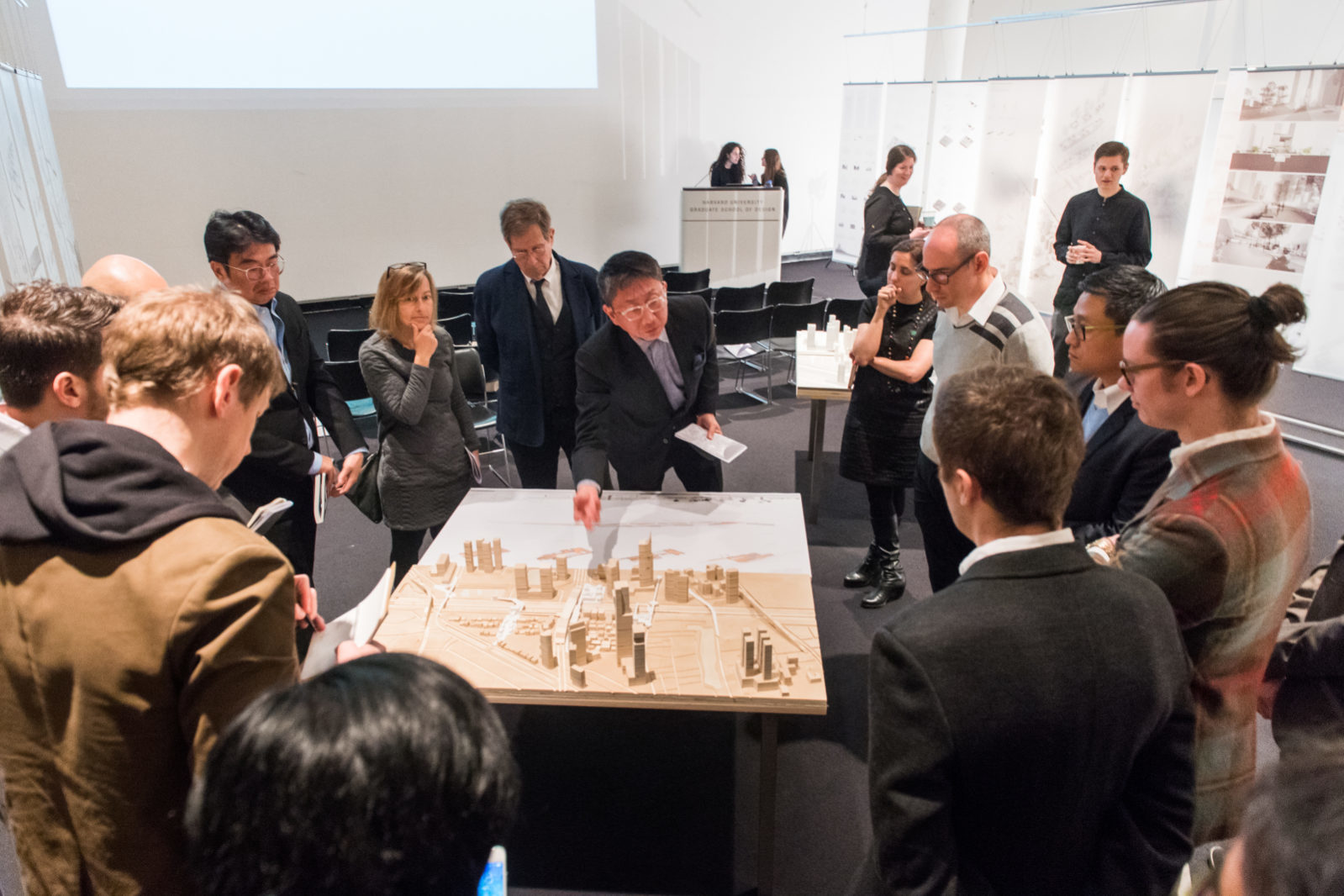The School’s generous donors are acknowledging the GSD’s leadership in topics related to urbanism and citymaking. Whether through the establishment of a fellowship honoring a former faculty member, or for a student to study affordable housing, or the generous gift of two friends in support of a new design prize in real estate, GSD donors are sustaining the School’s ongoing commitment to the essential challenges facing cities today.

Thanks to the generosity of nearly 200 friends, colleagues, and former students, the GSD and the Loeb Fellowship have partnered to establish and endow the James G. Stockard, Jr. Fellowship Fund. A visionary and an inspiration to generations of GSD students, James G. Stockard, Jr. MCP ’68, LF ’78 helped shape the Loeb Fellowship into a powerful force for positive change, while embedding a sense of social responsibility in countless GSD students. This Fund will celebrate his legacy by recognizing a meritorious student from any design discipline who shares Stockard’s commitment to advancing smart design concepts in affordable housing.
Similarly, long-term friends, business partners, and GSD advocates Samuel Plimpton MBA ’77, MArch ’80 and William J. Poorvu MBA ’58 joined forces to establish the Plimpton Poorvu Design Prize earlier this year. “This prize is intended to honor innovative thinking applied to realistic constraints,” Poorvu says. “Successful developments depend on far more than good design or a good location—the real estate game is complex. We hope to encourage collaborative work, bringing together a broad spectrum of experiences to create an informed plan.” Awarded for the first time this year to a pair of architecture students for their work on a conservation and redevelopment project that successfully integrates design, feasibility, and implementation strategies, the annual prize will recognize the top team or individual responsible for designing a commercially viable real estate project completed as part of the GSD curriculum.
Beyond prizes and fellowships, donors are providing philanthropic support for our pedagogy. In the past decade, the School has successfully pioneered and refined an innovative, three-year research studio model, including a series completed in fall 2014, which studied three Chinese cities over three years with support from AECOM. The resultant publication, Common Frameworks, delves into the challenges poses by the “developmental city” in China and showcases design projects, research, and writings to emerge from the studios. A second AECOM-sponsored series began this year with option studio Jakarta:Models of Collective Space for the Extended Metropolis, which examined the role of new mass transit infrastructure as a driver for new models of collective space.
The design of our cities has a profound impact on our health and well-being. The GSD’s faculty, students, and alumni are leaders collaborating across disciplines and institutions to imagine better urban environments and to make them a reality. The multi-year research studio model is beneficial to students, faculty, and the local community, as well as design professionals. “There are mutual benefits for the professional community in having a close relationship with academia, especially for AECOM with the GSD,” says Sean Chiao MAUD ’88, president of AECOM Asia Pacific. “Our collaboration during the China and Jakarta studios has allowed students and faculty the opportunity to build stronger knowledge about global trends, especially the growth of urbanization in the developing world, and forge community partnerships while working in concert with the local community. Throughout the process, AECOM has been inspired by the GSD students resulting in a rise in innovation during our day-to-day practice.”
